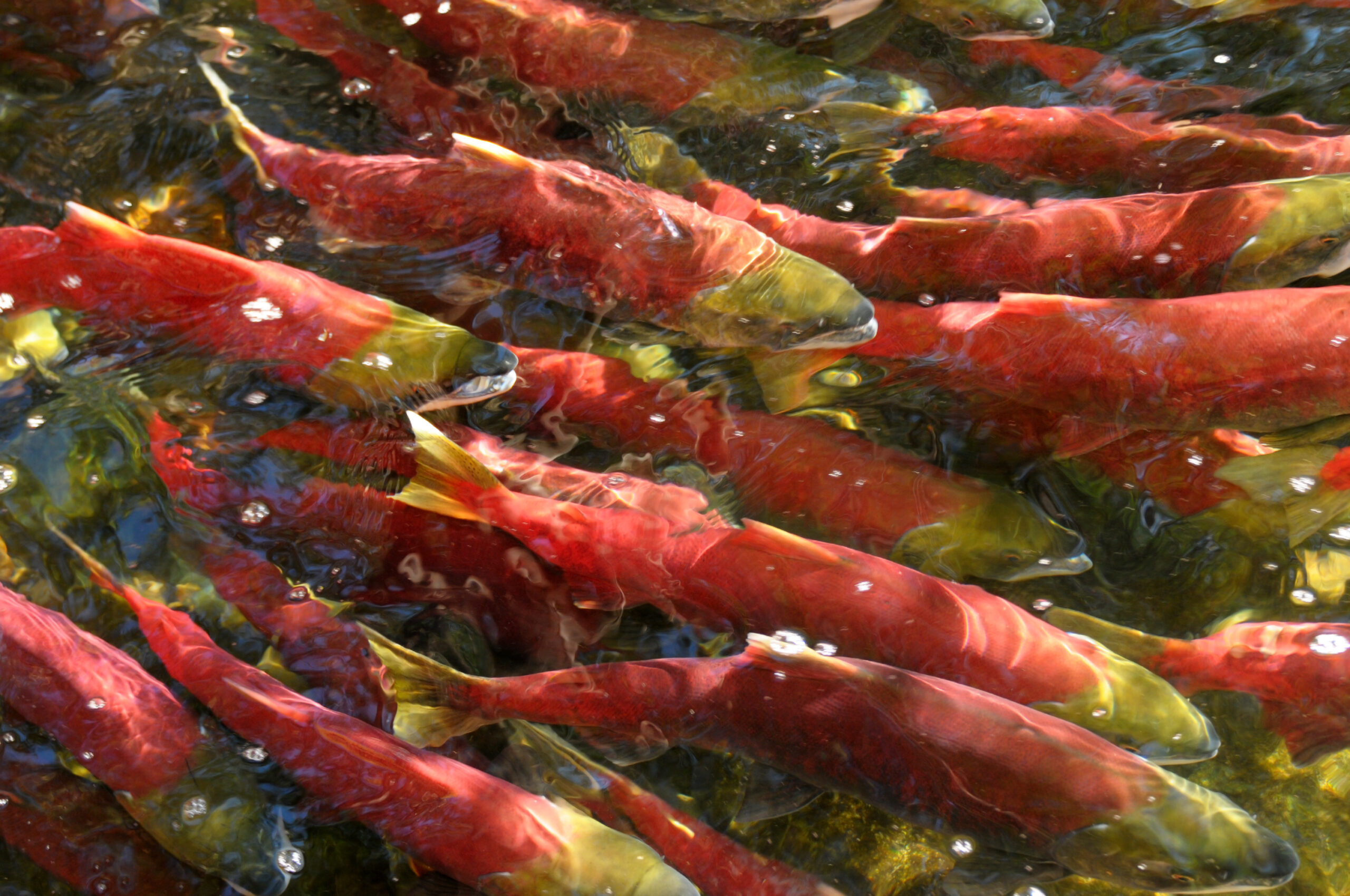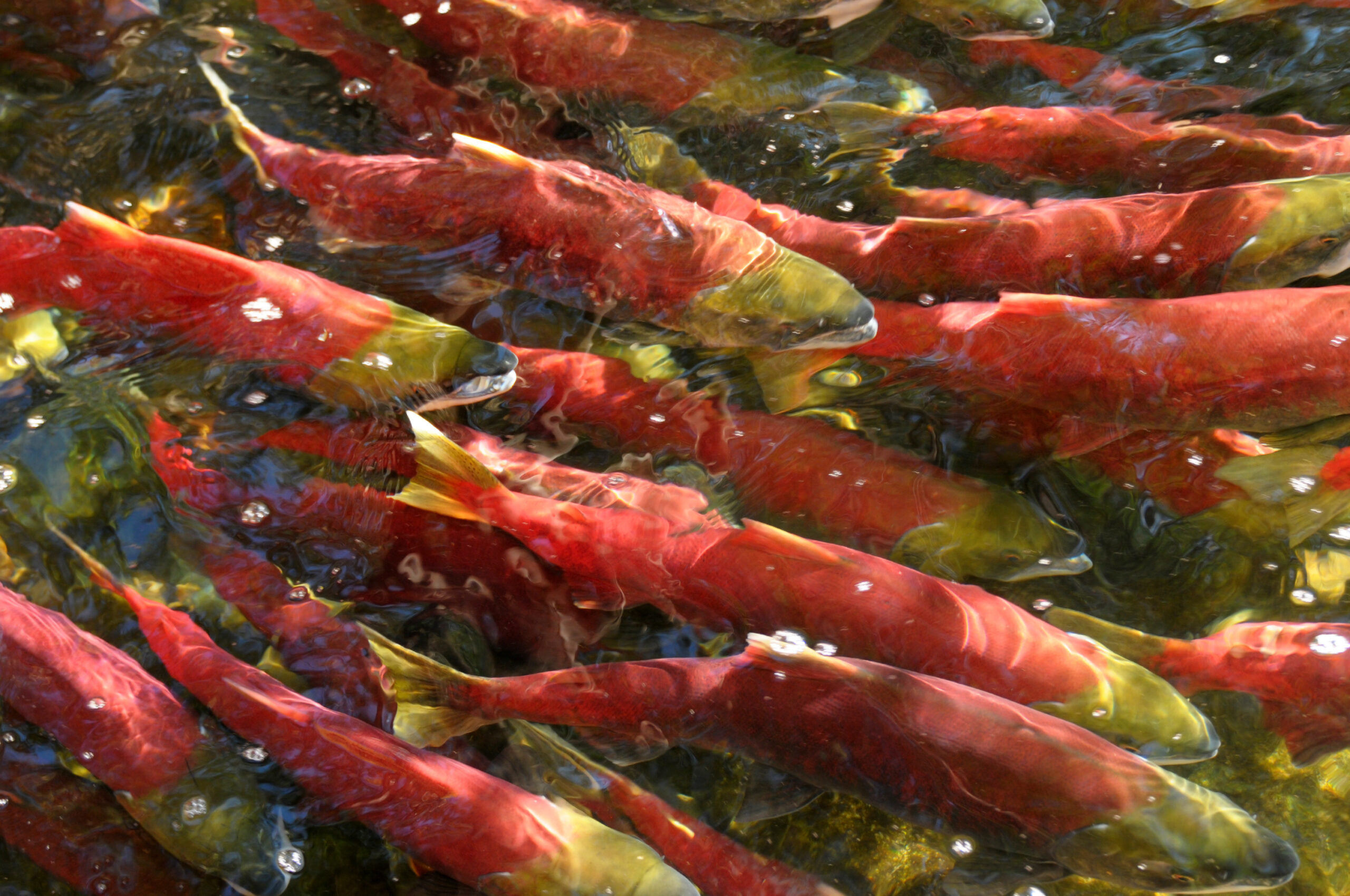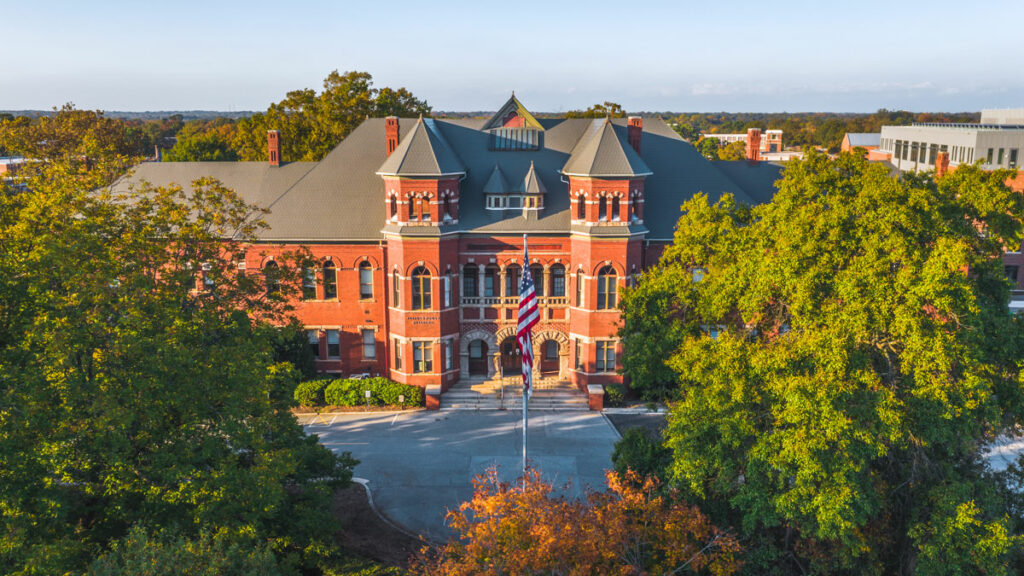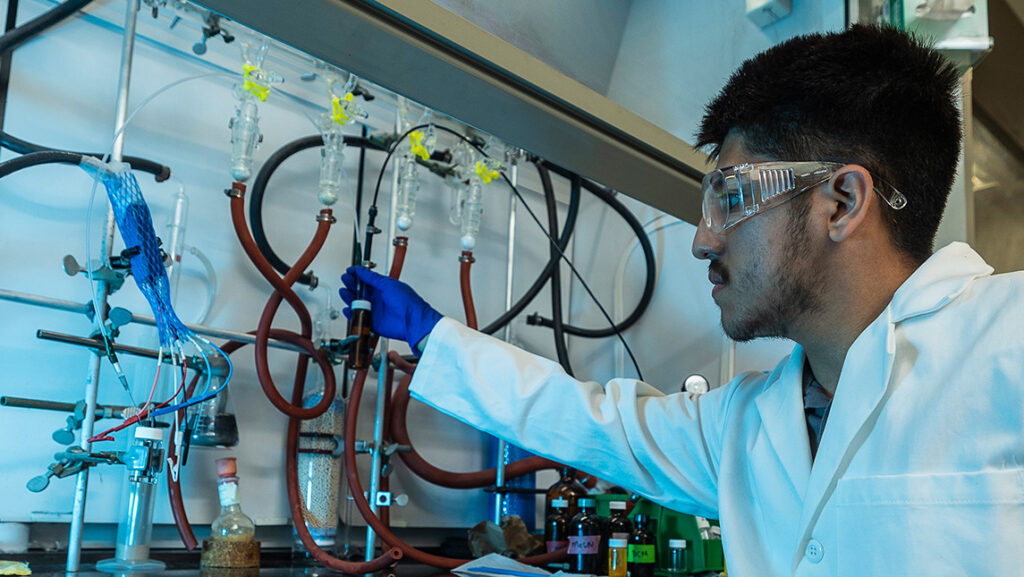
For over a century, fisheries and natural resource managers have bred native fish in captivity and then released them, en masse, into the wild. It’s a popular method for supporting commercially important or threatened populations: more than 2 billion captive-bred Pacific salmon were released in the U.S. in 2016 alone.
Unfortunately, the 150-year-old practice may be doing more harm than good. Last month, UNC Greensboro freshwater ecologist Dr. Akira Terui and his collaborators published a study in the Proceedings of the National Academy of Sciences, which found that large-scale fish releases negatively impact ecosystems as a whole, while offering little benefit and some harm to the species the releases seek to support.
Terui, whose research focuses on community ecology, was not surprised by his team’s results. “Many resource managers believe that releasing captive-bred native species into the wild is always a good thing,” he says. “However, ecosystems are delicately balanced with regards to resource availability, and releasing large numbers of new individuals can disrupt that. Imagine moving 100 people into a studio apartment — that’s not a sustainable situation.”
The researchers, who worked out of North Carolina and Japan, used mathematical modeling to predict how massive releases influence surrounding species of fish in the wild. They then tested and confirmed their model predictions using 21 years of stream monitoring data from 97 rivers in Japan.
“In an ecosystem, the balance that allows different species of fish with similar needs to co-exist is fragile,” Terui says. “When there is a massive release of members of one species in an ecosystem without the capacity to support them, then the other species populations decline due to greater competition for resources.”
Moreover, Terui and his collaborators found that the native species that the releases are designed to aid were also negatively impacted. Over the last two decades, he says, studies have already shown that a major issue with releasing captive-bred fish is the spread of genes reducing the target species’ survival in the wild. Captive-bred and naturally-bred members of a species differ genetically.
“We found that competition with a vast number of captive-bred members of a species leads to reduced numbers of naturally-bred members of the same species. Replacing naturally occurring members of a species with captive-bred individuals has the potential to reduce genetic diversity and reproductive fitness.”
The researchers observed that fish communities exposed to hatchery salmon releases saw more fluctuations in population density across time — an unstable dynamic that increases the risk of various populations dying out entirely. As expected, these communities contained fewer species overall.
As evidence mounts that captive-bred releases negatively impact population health and ecosystem biodiversity, Terui hopes that methods will change.
“The U.S. Fish and Wildlife Service is currently spending hundreds of millions of dollars a year on fish hatcheries. Natural resource managers need to be considering alternate priorities like habitat conservation.”
Meet Mason Ibrahim, an undergraduate researcher in Dr. Terui’s aquatic ecosystems lab
Article by Sangeetha Shivaji
Photography of sockeye salmon swimming upstream from istockphoto.com







